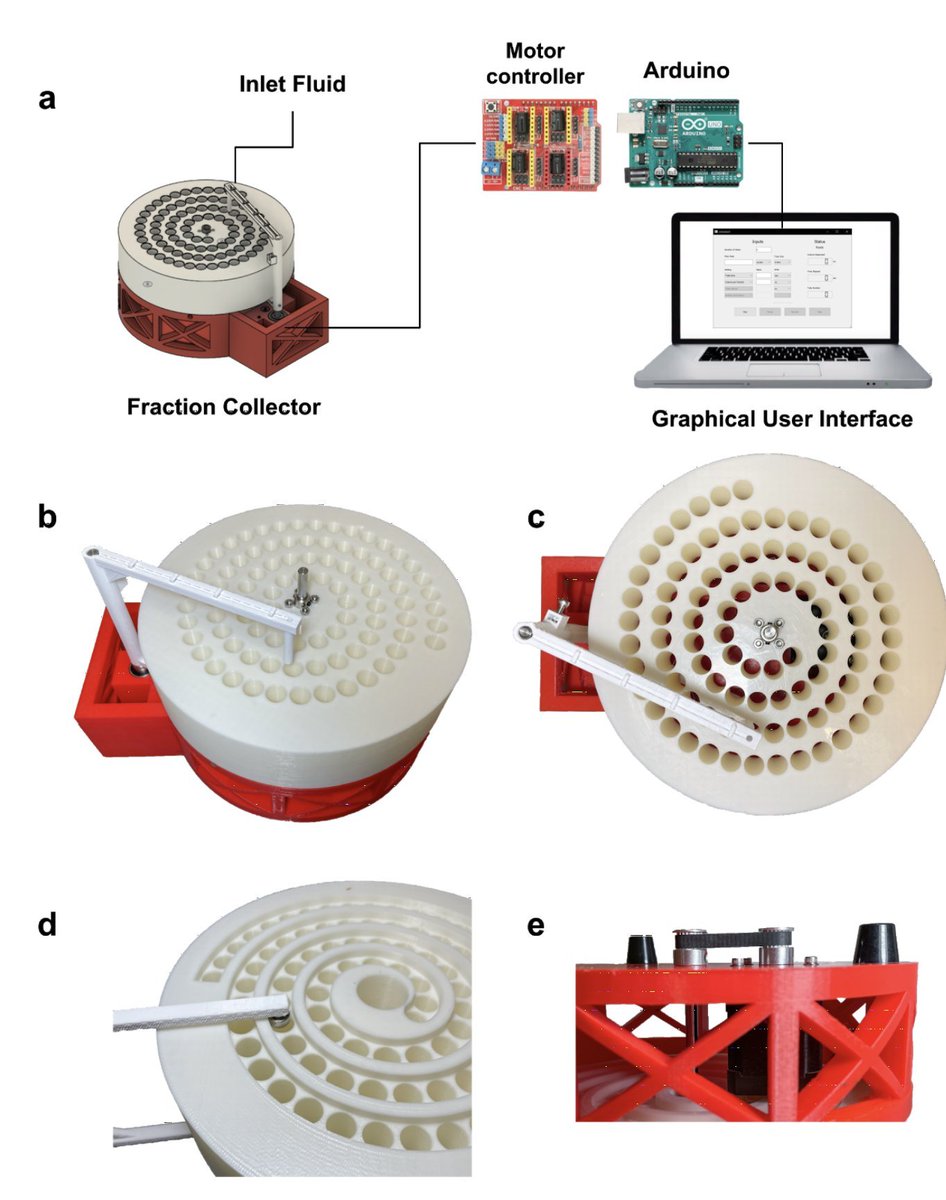
I have a few things to say about this tweet attacking @mbeisen and subtweeting me. Specifically, I want to talk about cancel culture gone mad...
https://twitter.com/MLevitt_NP2013/status/13769054918429204491/14
In September I wrote a blog post reciting several false #covid19 claims and predictions made by Levitt over the course of the pandemic. That is not an "ad hominem attack". I reported Levitt's claims (with references). liorpachter.wordpress.com/2020/09/21/the… 2/14
Levitt, for his part, has responded to criticism of his failed predictions with non-sequiturs about attacks on free speech.
https://twitter.com/MLevitt_NP2013/status/13585047098672291843/14
He has complained of being cancelled... warning that the "New Dark Age Cometh". 4/14
https://twitter.com/MLevitt_NP2013/status/1317781548901363712?s=20
Cancel culture gone mad, you might say...
5/14
5/14
The truth though is that nobody has canceled Levitt. His incoherent rants have been written about in newspapers ranging from the LA times... latimes.com/science/story/… 6/14
... to the Jerusalem post. jpost.com/israel-news/no… 7/14
He's been interviewed on countless TV shows and even hosted by a governor for a roundtable. 8/14
And he has been tweeting incessantly for months, not only freely, but with ample bots to amplify his nonsense. 9/14 

While screaming from the rooftops unencumbered, Levitt has had no qualms about trying to cancel others. He emailed several of my colleagues with threats against me, including the suggestion that I should be fired. 10/14
He asked one of my colleagues whether he should contact the police to report me, and for advice on what he could do "that will be effective but not necessarily damage Lior Pachter’s career in an irretrievable way?" 11/14
He didn't just email my colleagues to try to get me fired. He emailed the president of my university. Because I wrote a blog post reciting his failed #covid19 predictions. 12/14
I guess this is what he meant by the new dark age cometh? 13/14
A final thought: instead of trying to cancel others, Levitt ought to take the advice here to heart (he hasn't yet). stanforddaily.com/2020/12/13/dr-… 14/14
• • •
Missing some Tweet in this thread? You can try to
force a refresh











